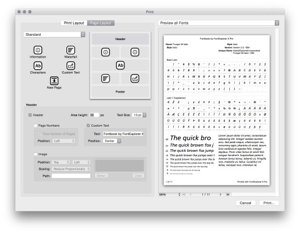Rampant interest in mobile payments is expected by 2015, along with a significant increase in mobile commerce. Due to this, Gartner, Inc. (www.gartner.com) predicts that by 2017, U.S. customers’ mobile engagement behavior will drive mobile commerce revenue in the U.S. to 50%of U.S. digital commerce revenue.
A recent Gartner survey found that mobile commerce currently generates 22% of digital commerce revenue.
“Some sectors will migrate more quickly than others to accepting mobile payments and promoting mobile commerce,” says Jennifer Polk, research director at Gartner. “For example, big-box retailers may not need to move as quickly as other industries because the in-store experience is still a critical part of their value proposition and the customer experience, making digital and mobile commerce a smaller portion of their overall revenue. However, new credit card standards will cause a shift in liability for fraudulent transactions in 2015, requiring retailers to update their point-of-sale systems for safer credit card transactions. This opens the door for point-of-updates to also accept mobile payment.”
Marketers with digital and mobile commerce initiatives need to focus on encouraging the development of cross-functional teams — including IT, sales, customer support and legal — to create seamless path-to-purchase experiences, and postpurchase relationships with consumers who are increasingly using mobile devices to research and purchase products and services. Mobile marketing teams should investigate how to leverage mobile wallets, with the expected reinvigoration of consumer interest in mobile commerce and payments.
Gartner made additional predictions about trends in digital marketing. For example, the reseach group says that, by year-end 2016, more than US$2 billion in online shopping will be performed exclusively by mobile digital assistants.
Mobile digital assistant technologies, such as Google Now, Siri and Cortana, are already connecting pieces of need/want assessment, information gathering and evaluation — all elements along a buying process sans autonomous purchasing. By year-end 2015, mobile digital assistants will have taken on mundane tactical processes such as filling out name, address and credit card information. Fixed events such as grocery replenishment will be common and will build trust for these types of assistants to take on more.
By year-end 2016, slightly more complex purchase decisions, such as buying back-to-school backpacks and chained events — such as scheduling a highly rated, date-type movie along with dinner and car pickup on an anniversary — will be easily achievable. By this time, autonomous mobile assistant purchasing will reach $2 billion annually, representing about 2.5% of mobile users trusting assistants with $50 per year.
By 2017, 50% of consumer product investments will be redirected to customer experience innovations. Gartner predicts that by 2016, 89% of companies believe that customer experience will be their primary basis for competition.
“In many industries, hypercompetition has eroded traditional product and service advantages, making customer experience the new competitive battlefield,” saysJake Sorofman, research director at Gartner. “This is no truer than in durable consumer products markets, which face disproportionate commodity pressure as consumer access to pricing and product information via search and social channels undermine brand loyalty. The reality is that focusing innovation on new products — and even new business models — is subject to shrinking periods of competitive advantage. Competitors and alternatives abound. To meet this challenge, nearly three-quarters of companies expect to increase technology spending on customer experience in 2015.”



